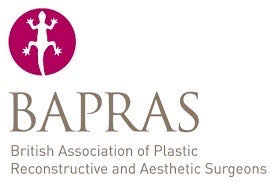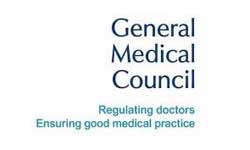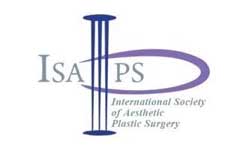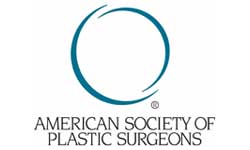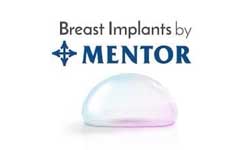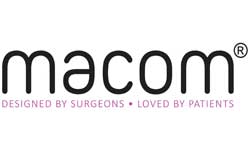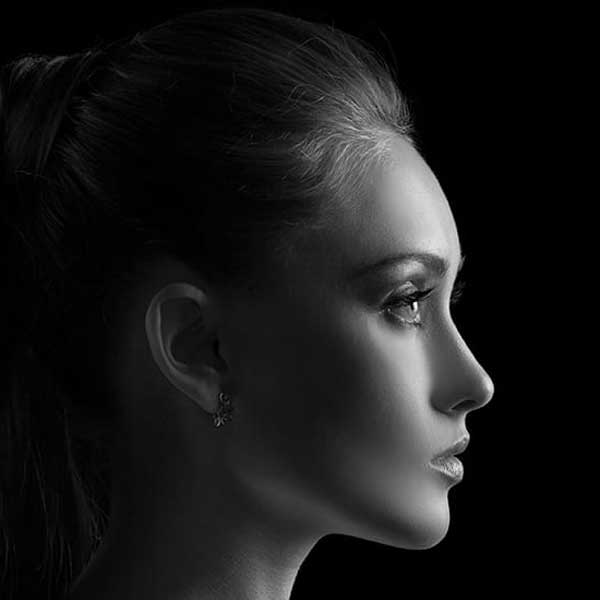
Rhinoplasty
Rhinoplasty is a cosmetic plastic surgery that aims to correct deformities, disproportions and imperfections of the nose which is one of the most characteristic anatomical features of the face. The nose dominates the aesthetic configuration of the middle third of the face in both “en face” projection and and in the profile, affecting its image depending on its shape and size. As an instrument the nose performs multiple functions, the main of which are the sense of smell, the breath, the thermoregulation, while as an aesthetic unit determines the symmetry and harmony of the face.Its anatomical structure is complex as it consists of a hard bone part of the head (nasal bones) and a lower cartilage (upper and lower lateral cartilage, septum) covered externally by muscles and skin while lined internally by mucosa, containing numerous vessels and nerves.
The most common deformities or cosmetic imperfections that the plastic surgeon is called upon to correct with rhinoplasty is the large hump (“hump”), the fallen or wide tip, the large size, the deviation (crooked nose), the large nostrils as well as the post-traumatic injuries. Nasal septal scoliosis or hypertrophic nasal passages that sometimes coexist causing Difficulty breathing can be treated in the same operating room.
More about Rhinoplasty Surgery
Duration: 1-2 hours
Anaesthesia: General anaesthetic
Hospital Stay: Single day care
Downtime: The patient can return to daily activities after three days. External sutures (if any) will be removed in 5 to 7 days.
Results: Permanent
Suitable for: Alteration of size, shape and profile. Correction post injury or for breathing problems.
Rhinoplasty is performed under general anesthesia in a surgical clinic and lasts at least 2 hours while at least 24 hours of postoperative hospitalization is required after which the patient comes out with a special splint removed in 4-6 days. Return to social activities or work is calculated in the first 7 days.
Cosmetic rhinoplasty is today one of the most common plastic surgery procedures in the world. It is a safe surgery with a very high patient satisfaction index that provides permanent results. By correcting the deformities and imperfections that may exist in the nose, the aesthetic harmony in the face is enhanced resulting in increased self-confidence and better psychology.
SURGICAL TECHNIQUES
Plastic surgeon dr Samouris may use either the open one or the closed rhinoplasty access technique. In the closed method there are no obvious surgical incisions as these are inserted inside the nose on the mucosa. In the open method, the incision is made externally on the stylus (the thin piece of skin between the two nostrils) and is theoretically obvious. Each access technique has specific indications and serves specific objectives, with the open one usually used in the most complicated cases.
Open rhinoplasty provides direct visual contact of the nasal skeleton and gives the advantage of direct control of the corrective elements in noses that are particularly large, very displaced, severely deformed or have undergone previous rhinoplasty.
Closed rhinoplasty, offers excellent results, having the advantage of invisible intersection and providing the necessary access for the surgical management of the anatomical structures of the nose by the plastic surgeon.
By intervening in the bony back of her nose, the plastic surgeon dr Samouris corrects her hump (hump). Spreader grafts are used to keep the inner nasal valve open, the support of the diaphragm and the stimulation of the dorsal nasal aesthetic lines (symmetry). To correct and support the fallen tip of the nose (tip) the lower lateral cartilages are reshaped, while cartilage autografts (collumelar & tip grafts or combination) are used accordingly as well as special sutures between the lower lateral cartilages (interdomal & transdomal etc) for correction of the top of the nose. Osteotomies are used, among other things, to correct a flattened nose. Special tissue removal techniques are used to shrink the nostrils.
Necessary Conditions for rhinoplasty surgery:
-Facial development has to be complete
-Be generally healthy
-Have stopped smoking (mainly for a long time prior surgery)
-Be 16 years or above
Dr Samouris will guide you whether rhinoplasty is the right treatment for you, after an extensive evaluation of the structure of the nose, your medical history, and your overall health.
After the surgery
The patient leaves the hospital having a splint in the nose area.
Nose swabs are placed, which remain in place for 48 hours, while the splint is removed after 10 days.
Within 2 to 4 weeks, the majority of facial bruising and swelling subsides. The patient can return to his daily activities after 3 days. External sutures (if any) will be removed in 5 to 7 days.
The first visible results will appear after three months and the final result will set in 12 to 14 months.
There will be a temporary bleeding and decrease in the sense of smell. Theses problems usually do not last long. The result of a rhinoplasty is permanent.
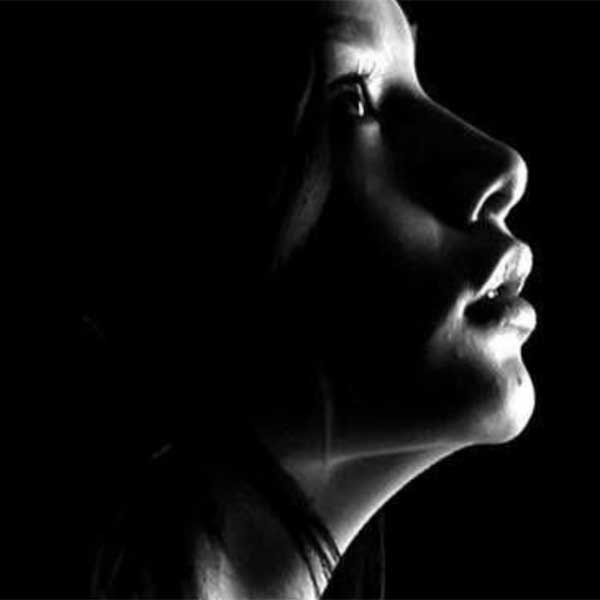
FAQ about Rhinoplasty Surgery
After the surgery, there is a possibility we will be unable to breathe through your nose for at least 24 hours. For a short time after rhinoplasty, patients may experience a pain sensation in the nose. Swelling and bruising, mild headache, bleeding or stuffiness.
Rhinoplasty is performed under general anesthesia, or under local anesthesia with sedation.
You should have a friend or family member drive you home after surgery.
The surgery typically takes 2 hours or less to perform.
You will be satisfied by having a well-proportioned nose that flatters your face and the improvement of nose fuctionality. When you breathe easier, you will get better sleep and feel more alert and awake during the day. Sleeping better at night helps reduce dark circles under the eyes. You’ll look brighter, feel better, and be more alert.
Your refined nose helps you feel more confident. So it can bring more confidence and satisfaction to your personal and professional life. It is an empowering experience.
Rhinoplasty is a custom surgery. Rather than taking a one-size-fits-all approach, Dr. Samouris is a leading facial plastic surgeon. He assesses all of your facial features together. He develops a surgical plan to address your concerns while still preserving your unique traits.
Certain cultures have specific traits that are passed down through generations.
Ethnic patients may be concerned about changing their appearance too much and losing familial traits.
His approach to this surgery will help you improve any flaws or imperfections. You will not lose the natural beauty of your unique features.
You will be given anesthesia to make you more comfortable during the procedure.
The nose job surgery itself does not involve pain. After the procedure you may experience some discomfort in the initial stages of healing. Your symptoms can typically be moderated with pain medication which is typically not needed for long.
Rhinoplast Surgery Before/After
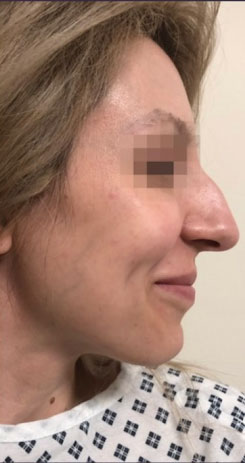
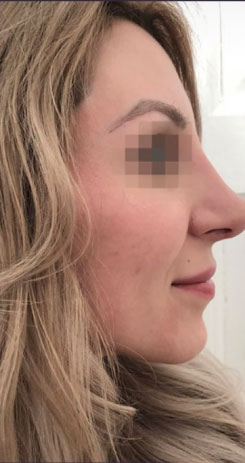
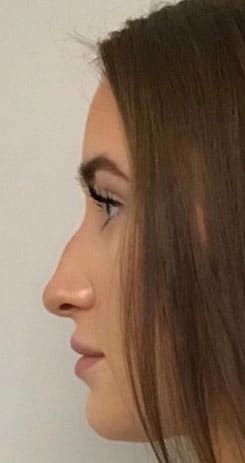
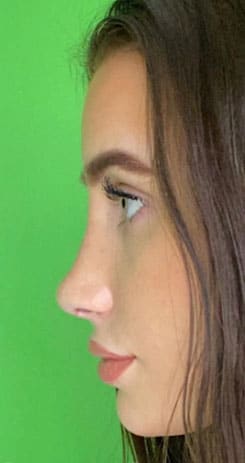
BOOK A CONSULTATION
Fields marked with * are required.
